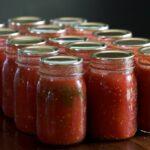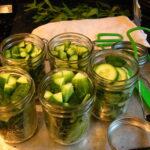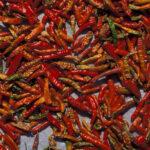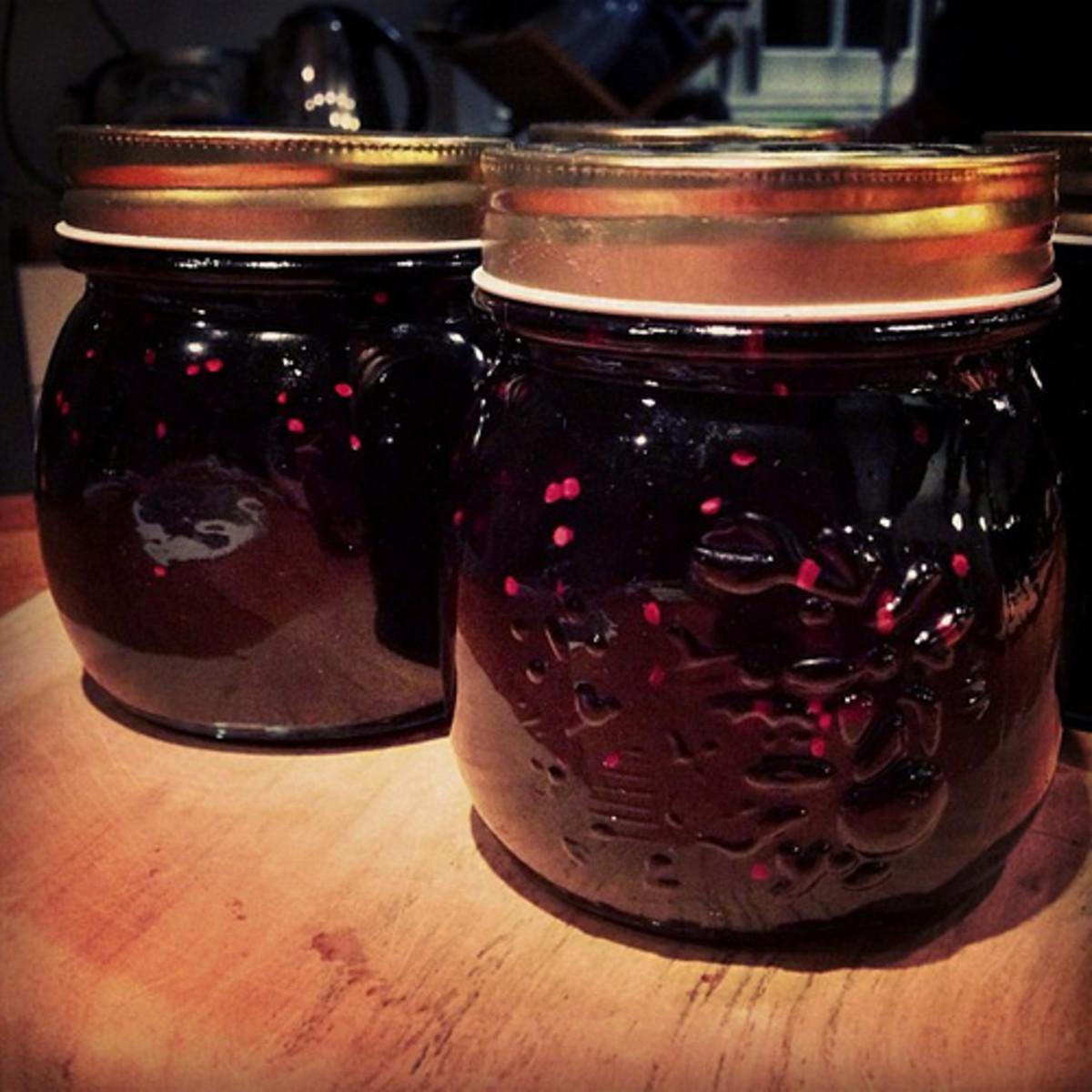Foraging for wild-harvested foods is a timeless tradition that has been passed down through generations. From gathering wild berries and mushrooms to harvesting medicinal plants, foraging allows us to connect with nature and obtain nutritious and delicious foods that would otherwise be unavailable to us.
Foraging Wild-Harvested Foods

However, foraging also comes with its own set of challenges. In order to ensure that the food you gather is safe and enjoyable to eat, it’s important to have a basic understanding of the foraging process, including how to identify and preserve the food.
One of the first things to consider when foraging is to make sure you have proper identification skills. This includes knowing the difference between edible and non-edible plants, as well as being able to identify the various species of plants, mushrooms, and berries. This is important because some wild-harvested foods can be toxic if consumed in large quantities, or if they are not prepared properly.
Once you have gathered your foraged foods, it’s important to properly preserve them in order to extend their shelf life. Here are a few methods that can be used to preserve wild-harvested foods:
- Canning: This is a popular method of preserving wild-harvested foods, especially fruits and vegetables. By canning your foraged foods, you can store them for months or even years, allowing you to enjoy their delicious flavors all year round.
- Freezing: Freezing is another effective method for preserving foraged foods. It’s especially useful for preserving berries and mushrooms, which can be difficult to can. To freeze foraged foods, simply wash and dry them, then place them in an airtight container or freezer bag.
- Drying: Drying is a great option for preserving herbs, mushrooms, and fruits. Simply wash and dry the food, then place it in a food dehydrator or in a warm, dry place, such as an oven or a sunny window sill.
- Fermenting: Fermenting is a traditional method of preserving food that has been used for centuries. It’s especially useful for preserving foraged fruits and vegetables, as well as for making fermented drinks like kombucha and kefir.
- Pickling: Pickling is another traditional method of preserving food that is great for preserving foraged fruits and vegetables. To pickle foraged foods, simply prepare a pickling solution, then place the food in a sterilized jar and pour the solution over it.
In addition to these preservation methods, it’s important to also consider the seasonality of foraging. Some foods are only available during certain times of the year, and it’s important to be aware of when these foods are at their peak. For example, wild berries are typically at their best during the summer and fall, while mushrooms are typically at their best during the spring and fall.
When it comes to foraging, it’s also important to consider sustainability. Make sure to only gather what you need, and to not over-harvest any one area. This helps to ensure that there will be enough food for future generations to enjoy.
Foraging for wild-harvested foods is a fun and rewarding activity that allows us to connect with nature and enjoy delicious, nutritious foods. With proper identification skills and preservation methods, you can enjoy the fruits of your foraging labor all year round.
Keywords: foraging, wild-harvested foods, preserving, canning, freezing, drying, fermenting, pickling, sustainability, seasonality.
Check out our Novel Writing Workbooks
Check out Little Tree Food Forest for articles on food forests and homesteading.
Check out FoodieScapes for articles on growing, fermenting and preserving food
Check out StoryScapes.World for articles on writing.
Related Content
Related Content
Subscribe to our newsletter to get information delivered to your inbox on edible landscaping, growing food and medicinal plants, growing mushrooms, foraging, fermentation, food preservation, raising small livestock, and more.











